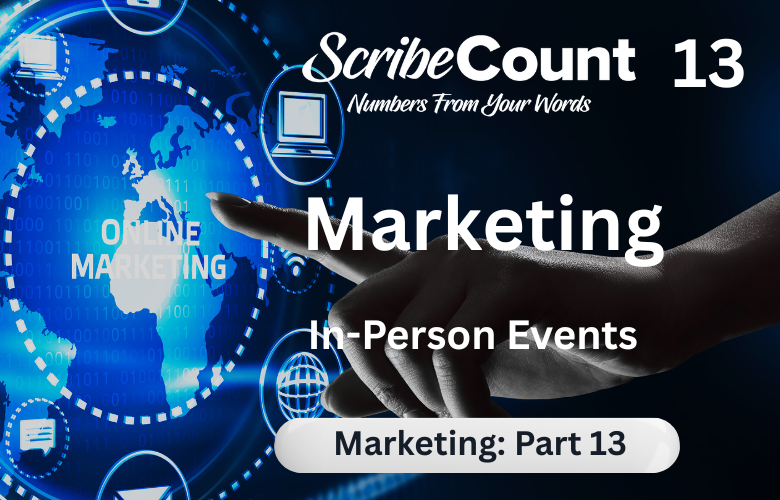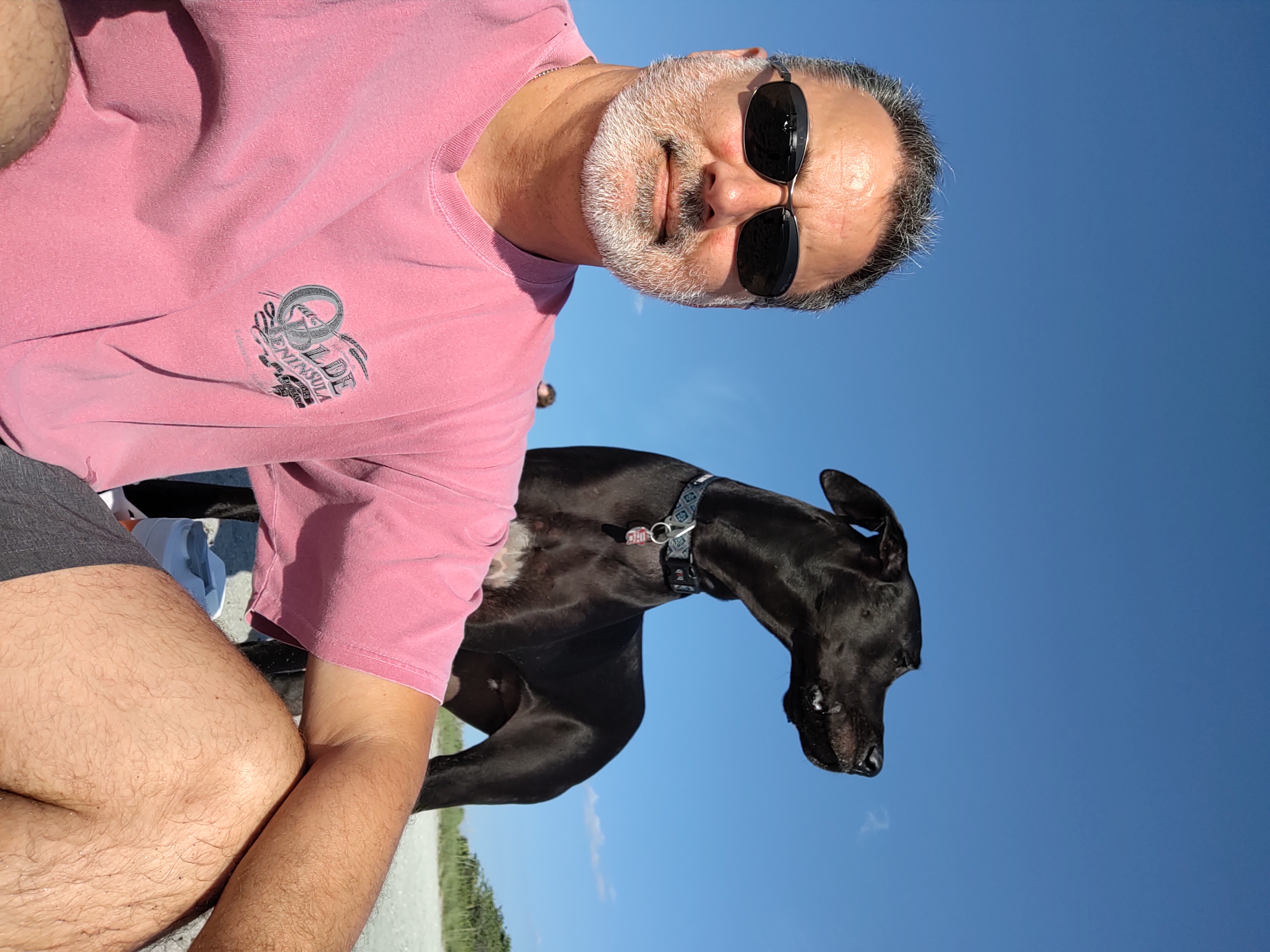In-Person Events for Indie Authors
While digital platforms dominate many aspects of book marketing, there is still unmatched power in face-to-face engagement. In-person events—book signings, conventions, literary festivals, vendor fairs, and pop-up markets—offer indie authors a rare and potent opportunity to meet readers, build relationships, sell books directly, and establish a lasting brand presence. When done well, these events generate more than just book sales. They build word-of-mouth, establish credibility, grow mailing lists, and open doors to collaboration.
This guide explores how indie authors can successfully plan, prepare, and profit from attending in-person events. From selecting the right venue to mastering your elevator pitch, from designing a booth that turns heads to creating offers that collect emails, we’ll walk through everything you need to know to make in-person events a key part of your author business strategy.
What In-Person Events Offer Indie Authors
For indie authors, in-person events serve as a counterpoint to the isolation of writing and digital promotion. These events offer live, authentic interaction—a chance to connect directly with potential readers, booksellers, and other authors. Whether it’s a signing table at a library event or a multi-day fan convention with thousands of attendees, the common denominator is visibility. Every person who stops at your booth sees your face, your books, and your brand. Even if they don’t buy today, you’ve planted the seed.
Authors often find their most loyal readers at events—people who become brand advocates, reviewers, or even street team members. You’ll also build networking opportunities with local writers, event organizers, publishers, podcasters, and vendors. Even small shows can produce long-tail benefits when paired with a professional presentation and follow-up strategy.
How to Research the Right Events for You
Start with your genre and target reader. Are your books cozy mysteries, spicy romance, YA fantasy, or survival thrillers? The best events align with your audience. Romance authors might target reader events like RomCon, while SFF authors thrive at Comic Cons and literary expos. Visit author groups and Facebook communities for curated lists and vetted recommendations.
Look locally first. Indie bookstores, libraries, civic festivals, farmers’ markets, and writing associations often host author tables. Search regional events on Eventbrite, Meetup, and local Chamber of Commerce websites. Consider partnering with another author to split costs and share exposure.
Always look at the event's prior attendance, vendor feedback, table fees, and what’s included—electricity, Wi-Fi, listing in the program, etc. If you can attend an event before booking your own spot, do it. Walk the floor, talk to other vendors, and evaluate foot traffic. The right fit is worth more than size alone.
Preparing for the Event: Books, Gear, and Display
Once you’ve booked your table, begin assembling your inventory and presentation. Order author copies well in advance from your printer (such as Amazon KDP, IngramSpark, or BookVault). Estimate 20–50 copies per title depending on the show size and whether you’ll be attending one or multiple days.
Design a display that catches attention from across the aisle. Use vertical elements like banners, tabletop signs, and book risers. Services like Vistaprint and BannerBuzz offer affordable options. Your table should clearly show your book covers, author name, and genre. If someone walks by without stopping, they should still know what you write.
Bring a small toolkit with pens, tape, chargers, clips, cash box, and a card reader. Offer multiple payment options—use Square or PayPal Zettle for card processing, and have a cash option for buyers who prefer it. Test your gear ahead of time.
Merch, Freebies, and Promotional Materials
Beyond books, authors sell or give away bookmarks, postcards, buttons, tote bags, stickers, and keychains. Custom merchandise can reinforce your brand and offer fans something to remember you by. Use services like Sticker Mule, Printful, or Zazzle to create print-on-demand promo items.
Branded bookmarks that list your website and newsletter sign-up link are essential. QR codes linking to BookFunnel giveaways or reader magnets can turn browsers into subscribers. Have a signup form, tablet, or printed sheet for collecting emails, and entice readers with raffles or free digital content.
Your Pitch, Your Persona, and Your Presence
When a reader walks up and says, "What’s your book about?" you need a polished, one-sentence pitch. This is your hook—a clear, exciting, concise explanation that grabs attention. Practice until it flows naturally: "It’s a post-apocalyptic survival thriller where one soldier must protect the cure from those who want to destroy it."
Match your energy to the tone of your books. For a romantic comedy, be upbeat and approachable. For a gritty mystery, channel confidence and intrigue. Dress professionally and comfortably, aligned with your genre. Branded T-shirts with your cover art or author name can be a great touch.
Be friendly, smile often, and engage people without pressure. Ask attendees what they like to read. Even if they’re not your reader, they might know someone who is.
The Art of Autographs
Autographs are part of the experience. Most readers appreciate a signed book, and it adds perceived value. Keep it personal: "To Sarah—may you always survive the storm." Use a quality pen, keep your handwriting clear, and ask if they want it personalized. Some readers prefer just the signature for resale or collection value.
You can also pre-sign a few copies for speed or display, but most readers love watching the signature happen live. Bring Post-it notes to write down names before inscribing.
Making Offers and Gathering Emails
Coupons and giveaways work best when they’re tied to an action. Offer 10% off your ebook with a purchase or give away a free novella to anyone who signs up for your newsletter. Use BookFunnel or StoryOrigin to deliver your reader magnet instantly.
A raffle box—"Win a signed bundle! Enter with your email address"—is a low-pressure way to build your list. Follow up with a thank-you email and a link to your online store or BookFunnel library. Make sure you comply with GDPR by asking permission to send emails.
Enticing People to Your Table
Motion and visuals attract attention. Looping book trailers on a tablet, scrolling banners, or a bowl of candy are often enough to make people stop. Once they do, your friendly pitch and presentation take over.
Engage passersby with simple questions: "Looking for something new to read?" or "Are you a fan of fantasy?" Let your cover and your conversation do the rest. Having a clean, uncluttered table helps people feel comfortable browsing.
Following Up After the Event
What you do after the event is just as important as what you did during it. Organize the email signups you collected and send a follow-up within 48 hours. Thank them for visiting your booth and include a link to your website or special offer. Reinforce their memory of you and make it easy to continue the relationship.
For those who bought a book, consider offering a discount code for their next purchase or inviting them to join your reader group on Facebook. For those who signed up but didn’t purchase, send them your free reader magnet with a personal note.
Take time to reflect on what worked and what didn’t. Did a certain pitch resonate? Did your raffle generate email signups? Were your books displayed effectively? Use these insights to improve for your next event.
Don’t forget to connect with other authors you met. A quick message on social media, a tagged photo, or a “great meeting you!” post can solidify those new connections and lead to future collaborations.
Pros and Cons of In-Person Events
These events build deeper reader relationships, increase mailing list size, generate direct sales with full royalty margins, and help authors develop interpersonal marketing skills. You’ll also gain insights into what resonates with readers—what they say, ask, and react to in real time.
On the downside, in-person events require time, travel, setup, inventory, and up-front costs. You may attend an event with poor turnout or lose money despite strong effort. The key is to learn from each event, refine your approach, and keep testing.
Networking and Community
One of the most underrated benefits is author-to-author networking. These relationships lead to future collaborations, bundle invites, newsletter swaps, guest posts, and professional friendships. Chat with your neighbors. Exchange cards. Support each other during slow periods. You’re not just selling books—you’re joining a community.
Final Thoughts: From Booth to Brand
In-person events are more than just a few hours behind a table—they’re an immersive form of marketing. Every handshake, autograph, smile, or story you share reinforces your brand. Whether you’re selling ten books or fifty, you’re building something bigger: awareness, loyalty, and trust.
Start small, invest wisely, and always follow up. Over time, these face-to-face moments become part of your long-term author strategy. The more memorable you make the experience, the more likely readers are to return—online or in person—for your next release.

